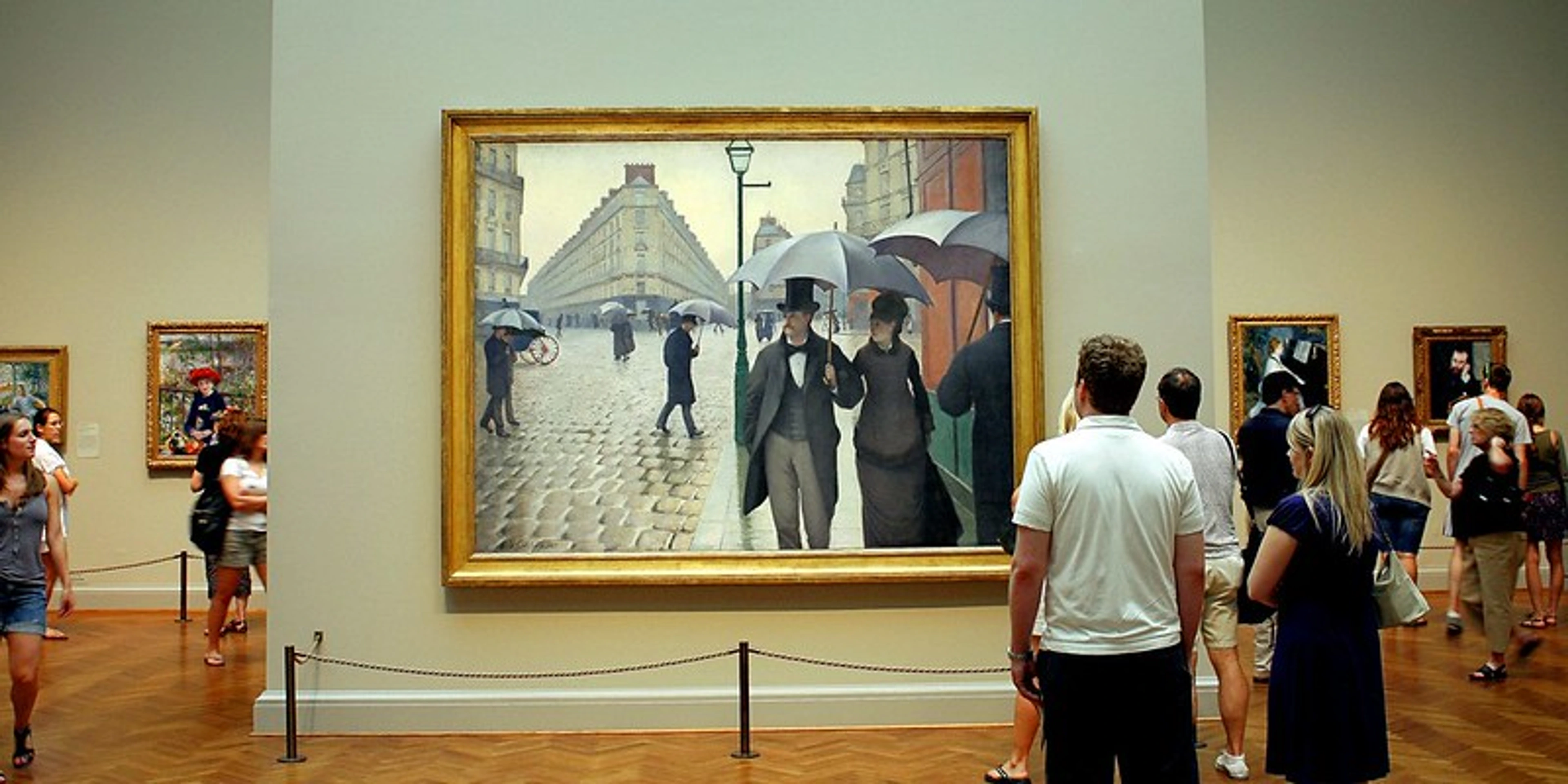
Navigating World Art: An Artist's Personal Guide to Galleries & Museums
Explore the world's best art galleries & museums through an artist's eyes. This deeply personal guide covers global titans, diverse spaces, the dynamic art ecosystem, challenges, practical tips, and the enduring magic of experiencing art.
The Quest for the "Best": Navigating the World's Art Galleries & Museums Through an Artist's Eyes
Let's be honest, naming the absolute "best" art galleries or museums in the world is a bit like trying to pick the "best" color – it’s incredibly subjective and depends entirely on what you're looking for. Are you after the grand, encyclopedic museums housing millennia of history? Or the cutting-edge spaces showcasing contemporary artists pushing boundaries? Maybe it's the sheer architectural wonder of the building itself that draws you in. Or perhaps you're just looking for art for sale that speaks to you. As an artist on my own artistic journey, I often find myself overwhelmed by the sheer number of art galleries and museums out there. It feels a bit like scrolling through an endless streaming service – so much choice, where do you even begin? But the journey of discovering these places, whether they're world-famous or tucked away on a side street, is part of the magic. This guide isn't just a list; it's an invitation to explore, to wander, and to find the spaces that resonate with you. We'll cover the titans, the trendsetters, the dynamic art ecosystem, and offer some thoughts on why stepping into these buildings can be such a profound experience, even if you sometimes feel like you don't quite "get" all the art jargon. (Don't worry, we've all been there, nodding sagely while secretly wondering if that splash of paint is really art.)
A Brief History: The Rise of the Public Art Space
Before we dive into what makes a place great or list specific names, it's worth pausing to think about how we even got here. For centuries, significant art was primarily commissioned by royalty, the church, or wealthy patrons, often displayed in palaces, religious buildings, or private homes and salons. These private collections, while exclusive, played a crucial role in shaping artistic tastes and preserving works that would later form the core of many public institutions. The idea of a public space dedicated to art is relatively new in the grand scheme of things, largely emerging during the Enlightenment in the 18th century. The Louvre itself, transformed from a royal palace during the French Revolution, became a pivotal example, setting a precedent for national collections accessible to the citizenry. This shift democratized art viewing, moving it from the exclusive domain of the elite towards a broader public, fostering education and national identity. It's a history that adds another layer of appreciation when you walk through those grand halls today – you're participating in a relatively recent, yet profoundly impactful, cultural phenomenon built upon centuries of private passion. Sometimes, standing in a vast, quiet hall, I try to imagine what it must have felt like for the first citizens to walk through these doors, previously open only to royalty. It feels like a quiet revolution, a shared inheritance.
What Separates the Good from the Great (and Galleries from Museums)?
So, what elevates a place to "best art gallery" or "best museum" status in the collective consciousness? It's more than just a building full of stuff; it's a complex interplay of factors. And yes, we'll often use "gallery" and "museum" somewhat interchangeably here, as the lines can blur, especially in common parlance. Technically, art galleries often focus on temporary exhibitions and selling art (commercial galleries), while museums typically house permanent collections and focus on preservation and education. However, many major institutions function as both (think large national galleries with permanent collections). You can explore more about top museums worldwide here. It's important to keep this distinction in mind, especially when you're thinking about buying art – you'll typically do that at a commercial gallery or online, not a major museum.
It's also useful to know about non-profit spaces, like German Kunsthalles or various foundations (like Fondation Beyeler near Basel). Think of Kunsthalles as exhibition halls, often without a permanent collection, focusing on temporary shows, much like a museum's temporary exhibition program but without the historical collection aspect. Foundations might have a specific collection focus (like the Beyeler's focus on modern masters) but also host significant temporary exhibitions. These often function like museums with high-quality temporary exhibitions but might not have large permanent collections or the direct commercial focus of a private gallery. Understanding these distinctions helps navigate the diverse art landscape. And just to add another layer of delightful confusion, the term "gallery" is also commonly used to refer to a specific room or section within a larger museum (e.g., "the Impressionist gallery").
Here are some key factors that make an institution stand out:
- The Collection: Size matters, but so does focus and quality. Does it house iconic masterpieces (like Picasso's Guernica or Van Gogh's Starry Night)? Does it offer unparalleled depth in a specific art style or period (like Modern Art)? We're talking world-class holdings that draw visitors from across the globe. An encyclopedic collection, like that at the Metropolitan Museum of Art, aims to cover a vast range of periods, cultures, and mediums, offering a sweeping view of human creativity – you can wander from ancient Egyptian temples (like the stunning Temple of Dendur at the Met) to European masters to contemporary installations all under one roof. It's like a crash course in everything, which can be exhilarating and slightly dizzying. Beyond traditional painting and sculpture, the greatest institutions often have significant collections of photography, design, decorative arts, folk art, and increasingly, Indigenous art, reflecting a broader view of human creativity across cultures and disciplines. The ethical considerations around the display and interpretation of Indigenous art are becoming increasingly central to the decolonization discussion within museums.
- Conservation, Research & Provenance: Major museums play a vital role in preserving artworks for future generations through meticulous conservation efforts. This isn't just about dusting; it involves cutting-edge conservation science, using technology to understand materials, diagnose damage, and develop treatment plans. Sometimes you can even see conservators at work through viewing windows, a fascinating peek behind the scenes that highlights the dedication required to keep these treasures alive. As an artist, seeing the care that goes into preserving a work, understanding the materials used by artists centuries ago, it adds a whole new layer of respect for the craft and the history embedded in the object. It makes me think about the longevity of my own materials and techniques – will my work last for centuries? They also contribute significantly to art historical research, publishing catalogs, and advancing scholarship. This behind-the-scenes work is crucial for keeping art alive and accessible for centuries to come. How an institution builds and manages its collection is paramount. This includes the ethical sourcing of artworks, rigorous research into their history (provenance), and transparent acquisition policies. Knowing the journey of an artwork, especially those with complex histories, adds another layer to its story. Major institutions also often house incredible art libraries and archives, invaluable resources for scholars, artists, and anyone wanting to delve deeper into art history beyond what's on the walls. I could get lost for days in a good art library, tracing influences and techniques.
- Architecture: The building can be as much a masterpiece as the art within. Think the fluid, titanium curves of the Guggenheim Bilbao or the striking, modern lines of the MAXXI in Rome. Sometimes, the building itself is the first thing that takes your breath away, setting the stage for everything inside. I remember walking into the Turbine Hall at Tate Modern for the first time and just feeling dwarfed by the sheer scale – the architecture wasn't just a container; it was part of the artistic statement. As an artist, the way a space is designed can profoundly influence how I perceive the art within it, sometimes even inspiring my own spatial thinking or installation ideas.
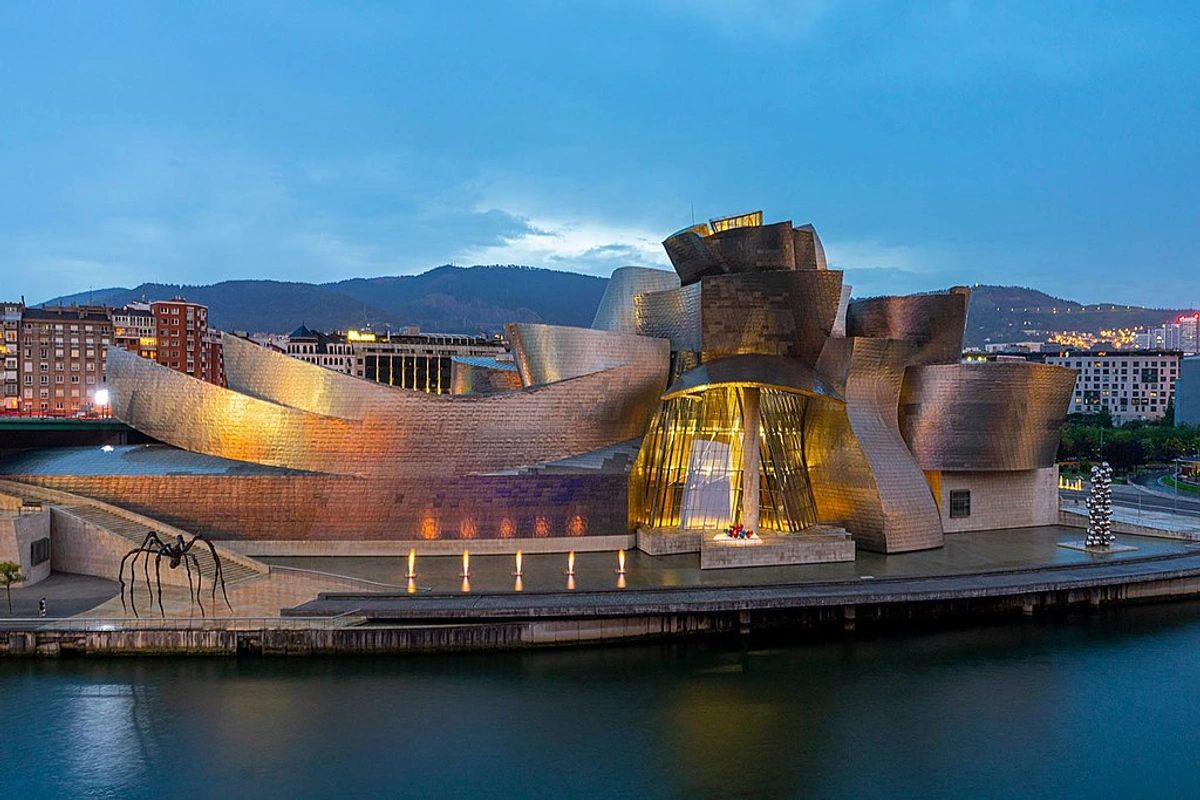
credit, licence
- Exhibitions & Curation: Innovative temporary shows, including the much-talked-about "blockbuster exhibitions", keep institutions relevant and offer fresh perspectives. These are large-scale, often heavily marketed shows focusing on famous artists or themes, drawing huge crowds and often requiring separate, timed tickets. They can be incredible experiences, though they often require advance booking and navigating crowds (a skill in itself!). The role of the curator here is vital – they research, select, and arrange artworks to tell a story or explore a theme, shaping the visitor's experience and contributing to scholarly discourse. Think of the impactful installations in the vast Turbine Hall at Tate Modern – the space itself becomes part of the curated experience. Curation is essentially storytelling through objects; a good curator can build a compelling narrative or argument that makes you see familiar works in a new light or introduces you to entirely new perspectives. Beyond blockbusters, museums also host thematic exhibitions exploring specific concepts, solo artist retrospectives offering deep dives into an artist's career, or collection-based exhibitions that highlight specific aspects of their permanent holdings. Increasingly, museums are also collaborating directly with contemporary artists for site-specific interventions, temporary exhibitions, or even reimagining how the permanent collection is displayed, blurring the lines between historical institutions and contemporary practice. This feels vital, keeping these grand spaces connected to the pulse of what's happening now.
- Visitor Experience: Accessibility, interpretation, atmosphere, and even the quality of the café can make a difference. Let's face it, sometimes you need a good coffee break after soaking in so much culture. Interpretation refers to how the museum helps you understand the art – this can include wall texts, audio guides, digital displays, or even interactive elements. Accessibility information (physical access, sensory considerations, resources for visitors with disabilities) is increasingly crucial and usually found on the institution's website – always check ahead if you have specific needs. It's important that these spaces are truly for everyone. The museum shop, often an extension of the institution's mission, can also be a valuable resource, offering exhibition catalogs, books, and prints that allow you to continue your learning and engagement long after you leave.
- Educational Programs & Community Engagement: Great institutions aren't just static repositories. They actively engage with the public through lectures, workshops, school programs, and digital resources. They strive to be relevant to diverse communities and foster a deeper understanding and appreciation of art. Their impact extends far beyond their walls, enriching the cultural fabric of their cities. For artists, these programs can sometimes offer valuable resources, workshops, or access to archives for research and development.
- Community Impact & Social Relevance: The greatest institutions actively engage with contemporary social issues, reflect diverse voices in their programming and collections, and strive to be inclusive spaces for everyone. Their relevance is measured not just by masterpieces, but by their connection to the communities they serve.
- Ethical Considerations: Increasingly, the "greatness" of an institution is also judged by its handling of complex issues like the repatriation of looted or unethically acquired artifacts, transparency in funding, and commitment to diversity in its collections and staff. These aren't always easy conversations, but they are crucial to the evolving role of museums in society, tying directly into collection management and community impact. For contemporary artists, especially those from marginalized communities, this dialogue is crucial – it's about whose history is told and whose voices are amplified within these powerful institutions.
- Digital Presence: In the 21st century, a strong online presence, including digital collections, virtual tours, and engaging social media, extends the museum's reach far beyond its physical walls. Beyond websites, many museums are now incorporating technology within the physical space, offering interactive exhibits, augmented reality guides, or digital displays that provide deeper context and enhance the visitor experience.
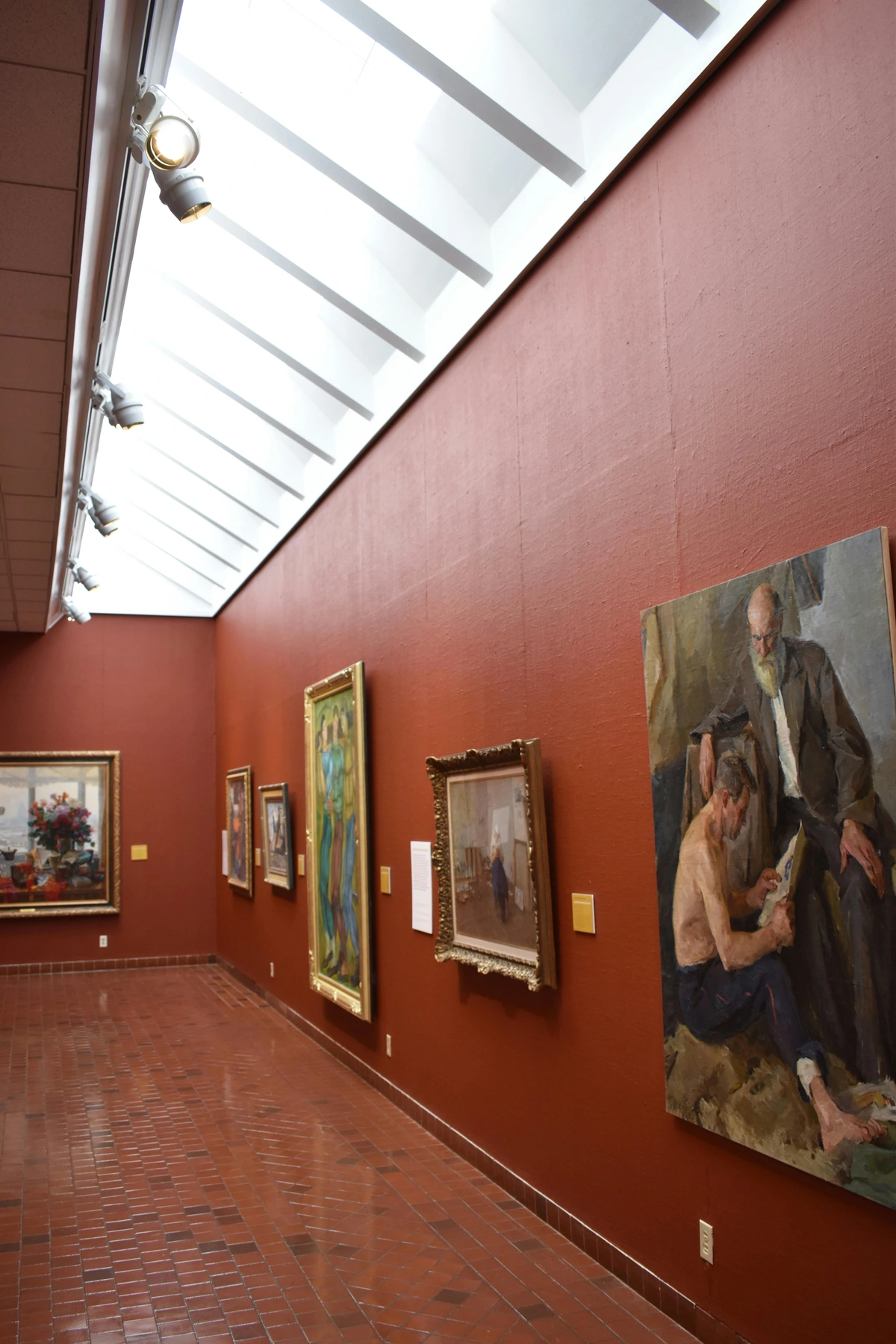
The Global Titans: Must-Visit Art Institutions
Alright, let's talk about the big names. These are the institutions that often come to mind first, the ones that house undeniable masterpieces and attract millions. Visiting them can feel like a pilgrimage, a chance to stand in the presence of history and human genius. Consider this a starting point for your own art adventures. Stepping into these places, you feel the weight of centuries, the collective human effort to create and preserve beauty (and sometimes, chaos). It's humbling, inspiring, and occasionally, just plain overwhelming. Getting lost in the sheer scale of some of these places feels like a necessary part of the experience, a gentle reminder of how much there is to see and learn.
Europe: The Cradle of Western Art (and Beyond)
Europe boasts an almost embarrassing density of incredible art institutions, particularly renowned for its deep collections of Old Masters, Renaissance, Impressionist, and Modern art. You could spend a lifetime exploring and still only scratch the surface. Here are just a few heavy hitters:
- The Louvre (Paris, France): The big one. It's almost a cliché, but its scale, history, and collection (hello, Mona Lisa and Venus de Milo) are undeniable. Beyond the headliners, lose yourself in its staggering Egyptian Antiquities, marvel at the intricate Islamic Art collection, or wander the opulent Richelieu Wing's decorative arts. I remember getting completely lost trying to find my way out one time – it's that vast. Prepare for crowds, wear comfortable shoes, and maybe accept you won't see it all in one go. I certainly didn't. It's vast, and sometimes just finding the exit feels like an accomplishment.
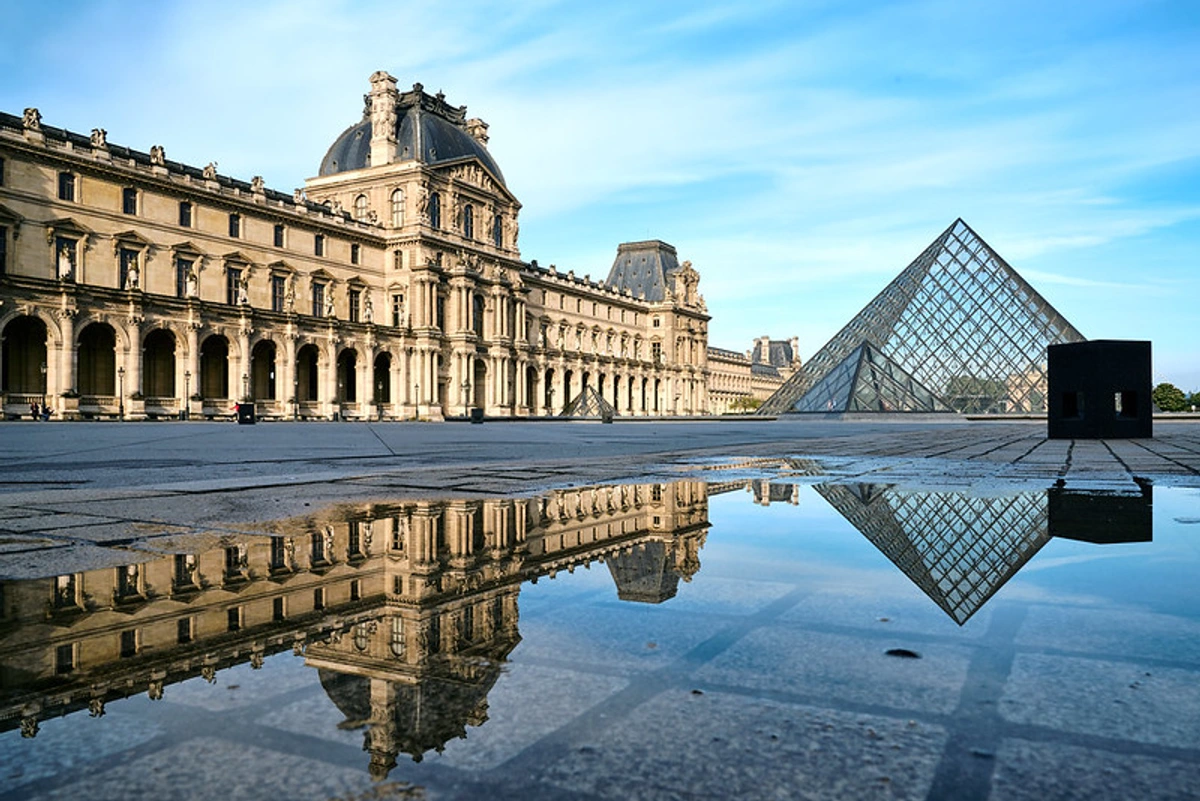
- Tate Modern (London, UK): Housed in a former power station, Tate Modern is a powerhouse of international modern and contemporary art. Its Turbine Hall installations are legendary. A must for anyone interested in art from the 20th century onwards. Check out more London galleries here. (Bonus: Like many UK national museums, general admission is often free!). I love how the building itself is part of the experience here – it feels industrial and grand all at once.
credit, licence
- Museo Nacional del Prado (Madrid, Spain): The heart of Spanish classical art. Think Velázquez, Goya, El Greco. Its collection of Spanish masters is unparalleled. Seeing Las Meninas in person is quite something – it feels like stepping into the painting itself. Don't miss the surreal visions of Hieronymus Bosch's The Garden of Earthly Delights or the haunting power of Goya's "Black Paintings". It's a deep dive into a specific, rich artistic heritage, and the intensity of Goya's later works can really stay with you.
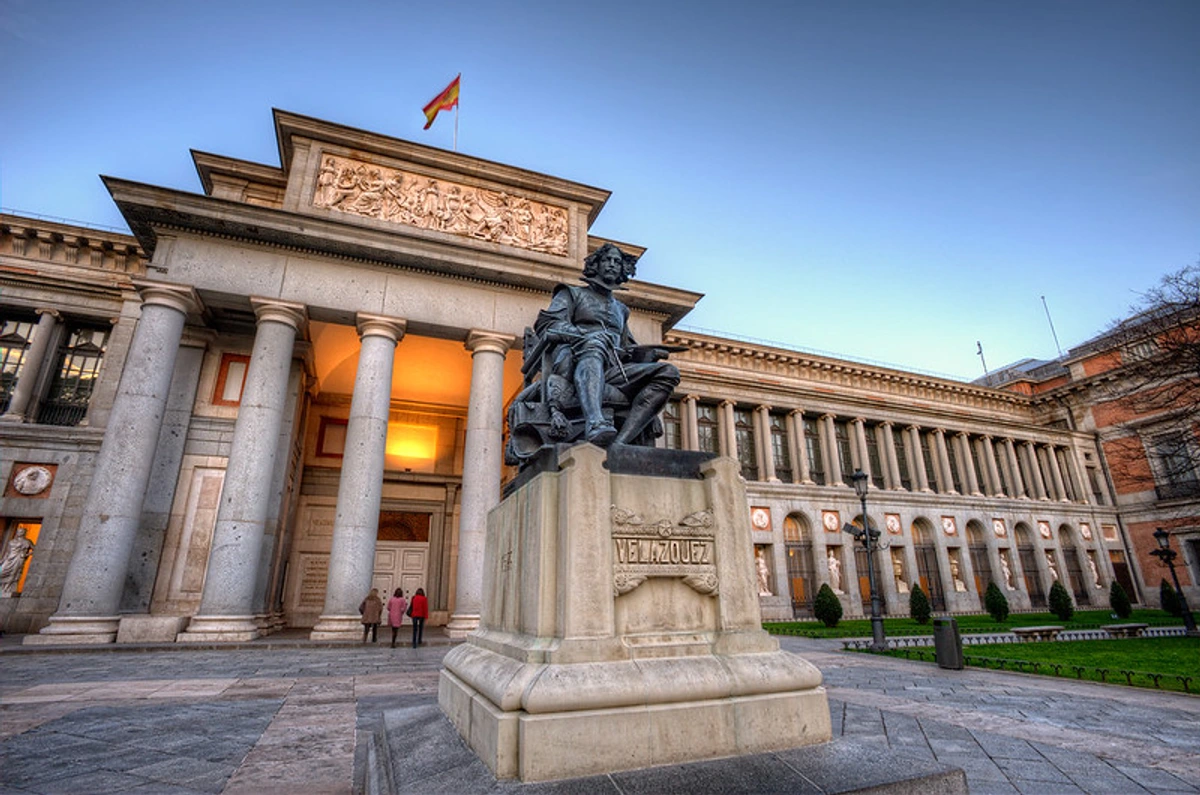
- Uffizi Gallery (Florence, Italy): Renaissance heaven. Botticelli's "Birth of Venus" and "Primavera" reside here, alongside countless other masterpieces by Michelangelo, Leonardo da Vinci, and Raphael. It's a journey through the very foundations of Western art. Book tickets way in advance. Seriously. Find more Florence gems here. Standing in those rooms, surrounded by so much beauty, you can almost feel the history buzzing around you.
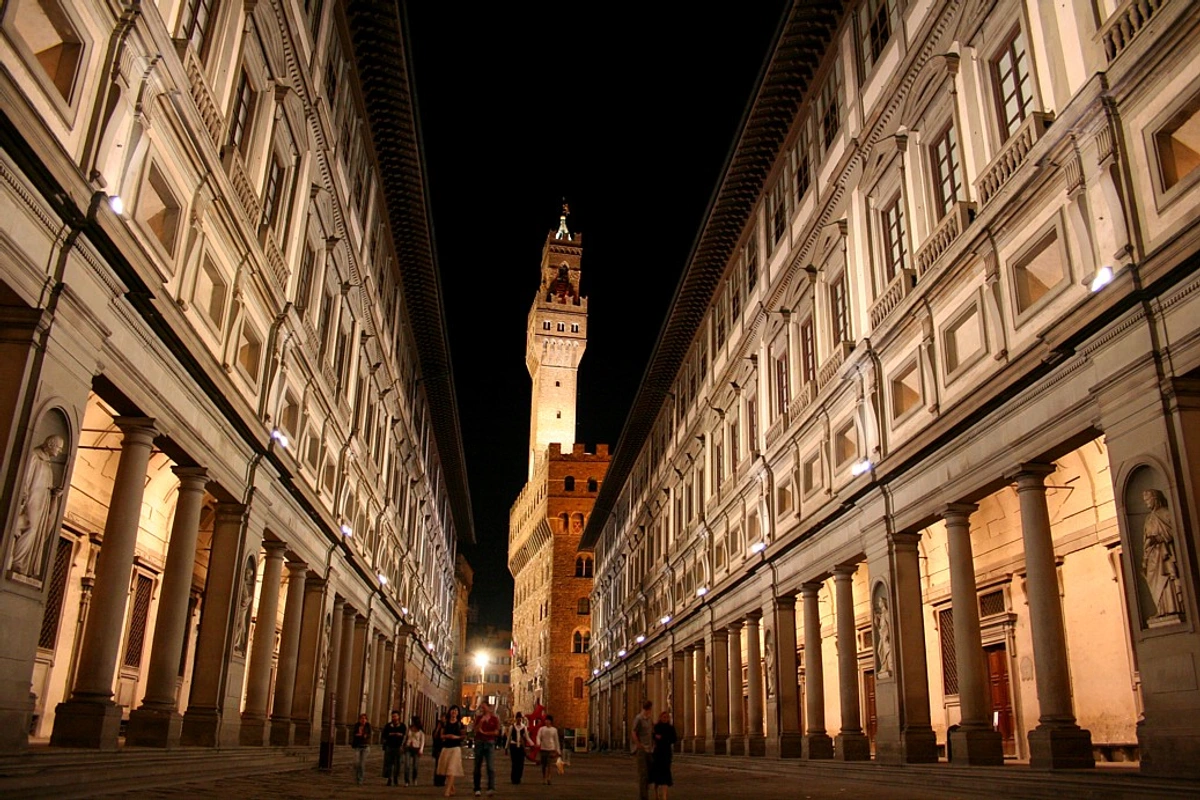
credit, licence
- Rijksmuseum (Amsterdam, Netherlands): Home to Rembrandt's "The Night Watch" and Vermeer's "The Milkmaid," the Rijksmuseum offers a stunning overview of Dutch art and history from the Middle Ages onwards. A truly grand museum in one of the best art cities in the Netherlands. Don't miss the incredible collection of dollhouses – they are miniature worlds of art and history, surprisingly captivating. Seeing The Night Watch in its dedicated hall is an experience in scale and detail.
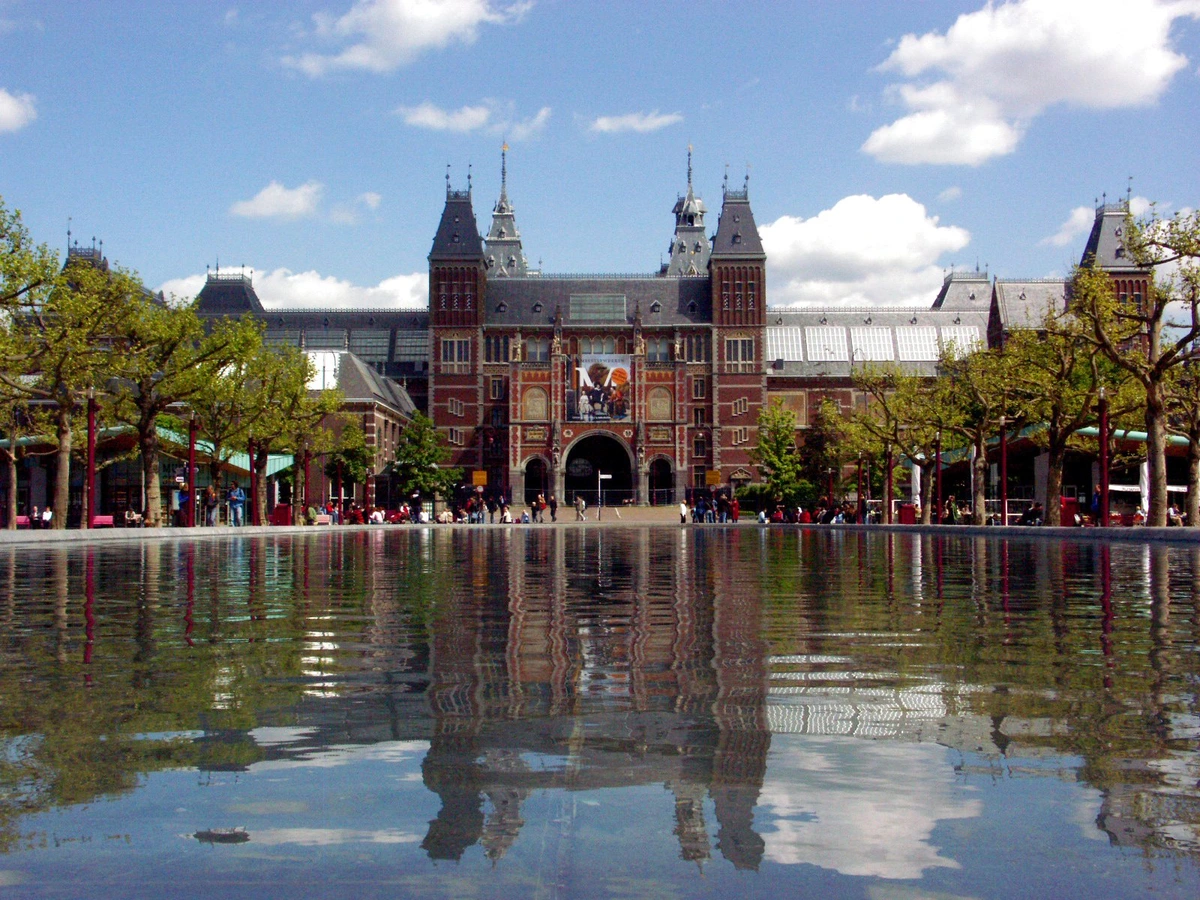
credit, licence
- Van Gogh Museum (Amsterdam, Netherlands): Dedicated to the works of Vincent van Gogh and his contemporaries. It offers an intimate look into his life and artistic evolution. Seeing the texture of his paint up close is unforgettable. It feels like you're walking alongside him on his artistic journey, understanding the struggle and the brilliance.

credit, licence
- Centre Pompidou (Paris, France): An architectural icon (love it or hate it!) housing a fantastic collection of modern and contemporary art. Its inside-out design is as much a talking point as the art. A top spot for modern art lovers. The views from the top are pretty spectacular too, offering a different perspective on the city after you've absorbed the art.
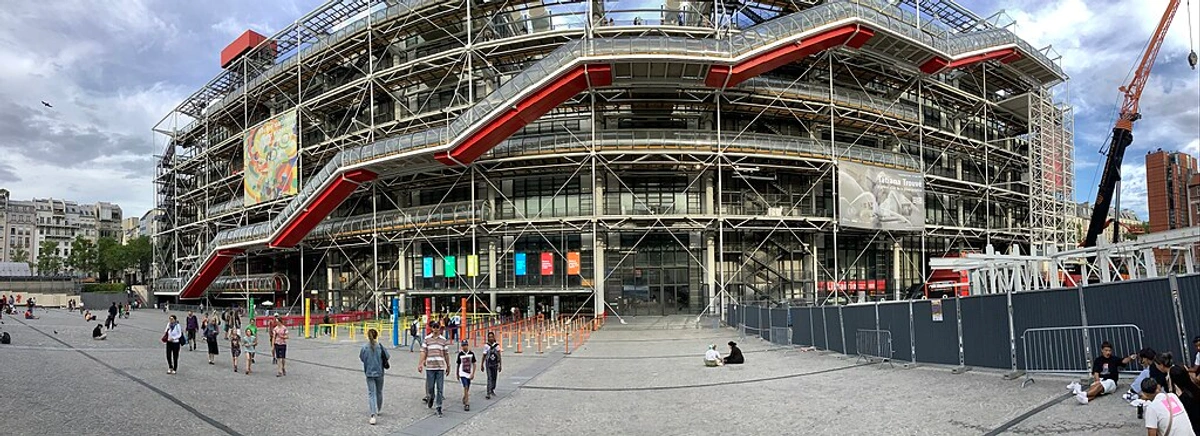
credit, licence
- Hermitage Museum (St. Petersburg, Russia): One of the largest and oldest museums in the world, housed partially in the opulent Winter Palace. Its collections are vast, spanning prehistoric cultures to Western European art, including masterpieces by Rembrandt, Rubens, and Matisse. It's a place where the setting is as breathtaking as the art. You could get lost in the sheer grandeur of the palace itself before you even focus on the paintings.

credit, licence
- Vatican Museums (Vatican City): Not just one museum, but a complex of galleries housing immense collections built up by the Popes throughout centuries. Includes the Sistine Chapel with Michelangelo's ceiling, the Raphael Rooms, and vast holdings of Roman sculpture and Renaissance art. Prepare for spiritual and artistic overload (and crowds!). Explore more Rome galleries here. It's a truly unique experience, blending faith and art history on an epic scale, though navigating the crowds requires patience.
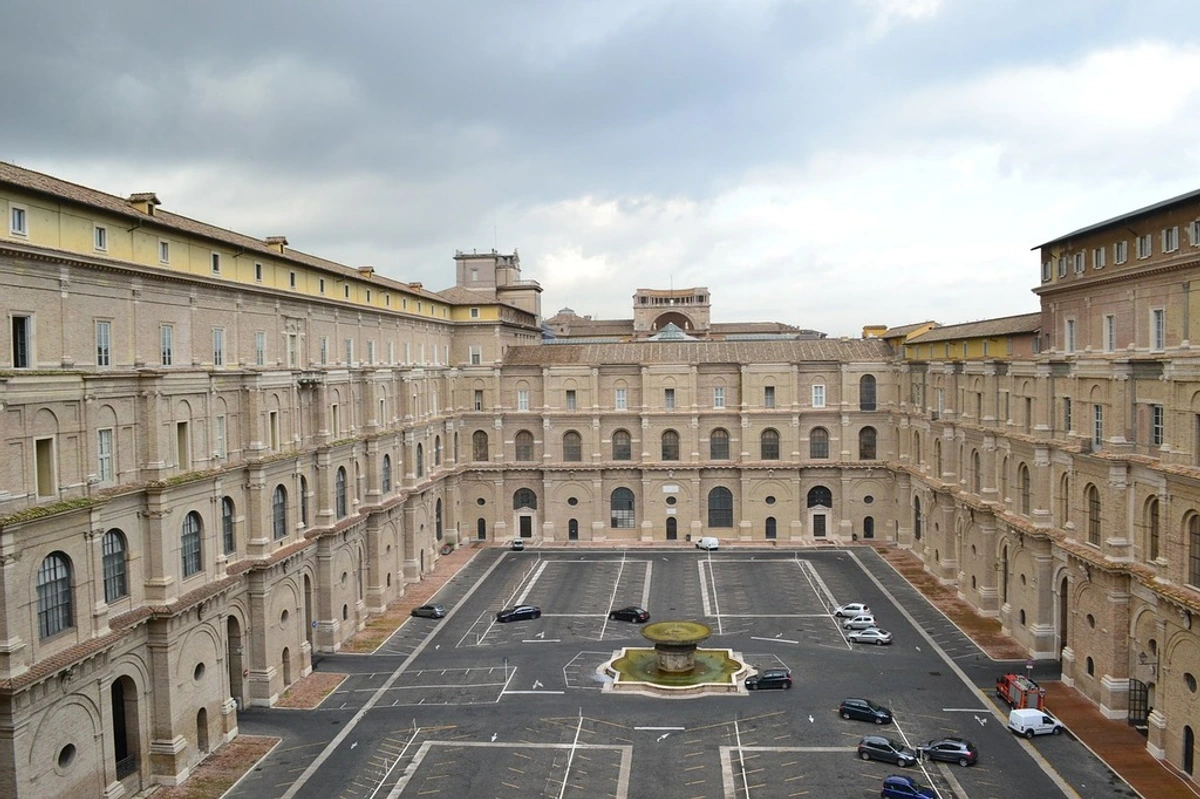
This barely scratches the surface! Consider also the National Gallery in London (a treasure trove of European painting), Museo Reina Sofía in Madrid (home to Guernica – a truly powerful and immense work!), the Musée d'Orsay in Paris (Impressionist haven in a stunning former train station), the Alte Pinakothek in Munich (Old Masters galore), the Kunsthistorisches Museum in Vienna (Habsburg collections in a palatial setting), and countless others across the continent. Explore more top European galleries here. There's a lifetime of discovery just in Europe alone!
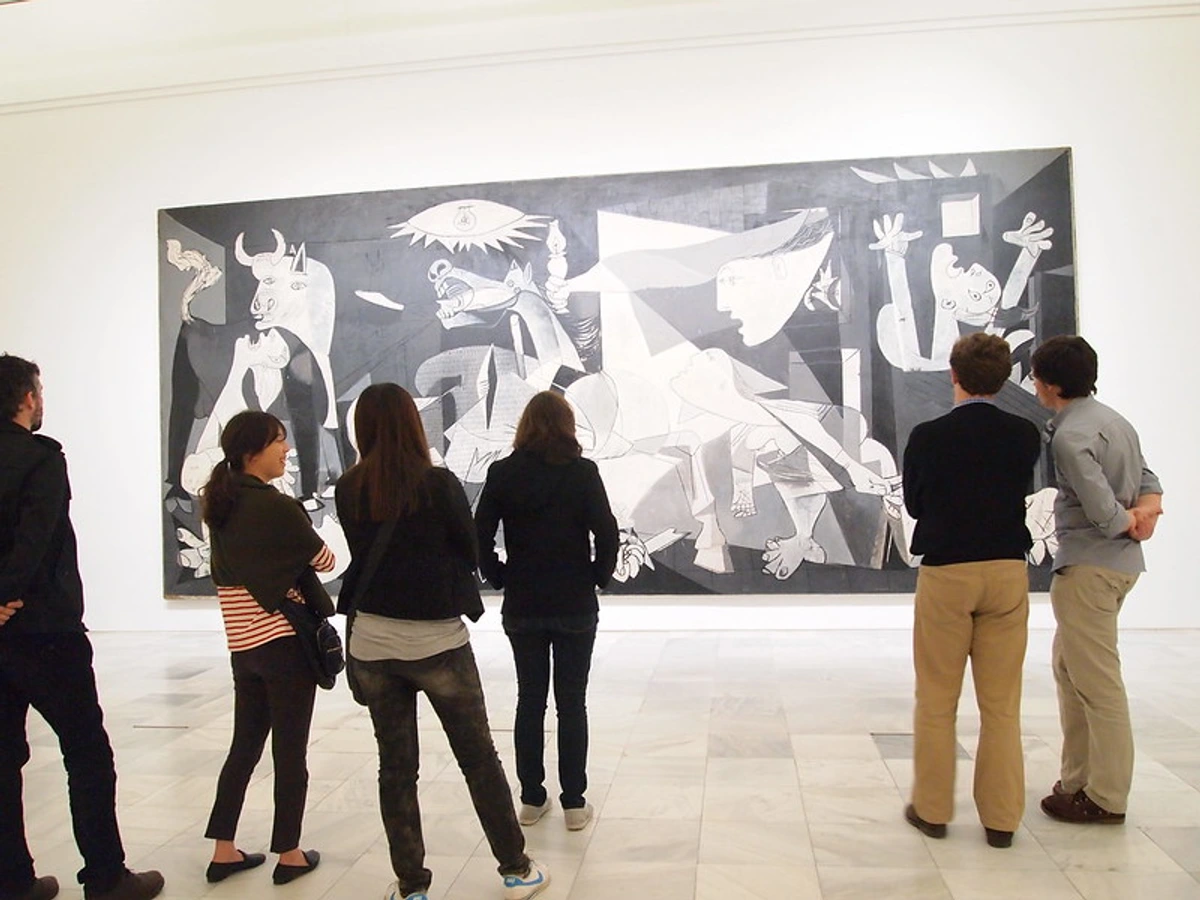
North America: Powerhouses and Diverse Collections
Moving across the Atlantic, North America, particularly the US, has world-class institutions, often built through philanthropy, housing incredible collections spanning global art history, with notable strengths in American art, modern and contemporary movements, and diverse cultural artifacts.
- The Metropolitan Museum of Art (New York City, USA): The Met is vast and encyclopedic, covering virtually the entire history of art from antiquity to the present. You could easily spend days here. Don't miss the breathtaking Temple of Dendur in the Egyptian Wing, the gleaming Arms and Armor collection, or the fashion spectacles at the Costume Institute. It's a universe unto itself. Find more NYC options here. I always feel like I've barely scratched the surface, no matter how long I spend there – it's wonderfully overwhelming.
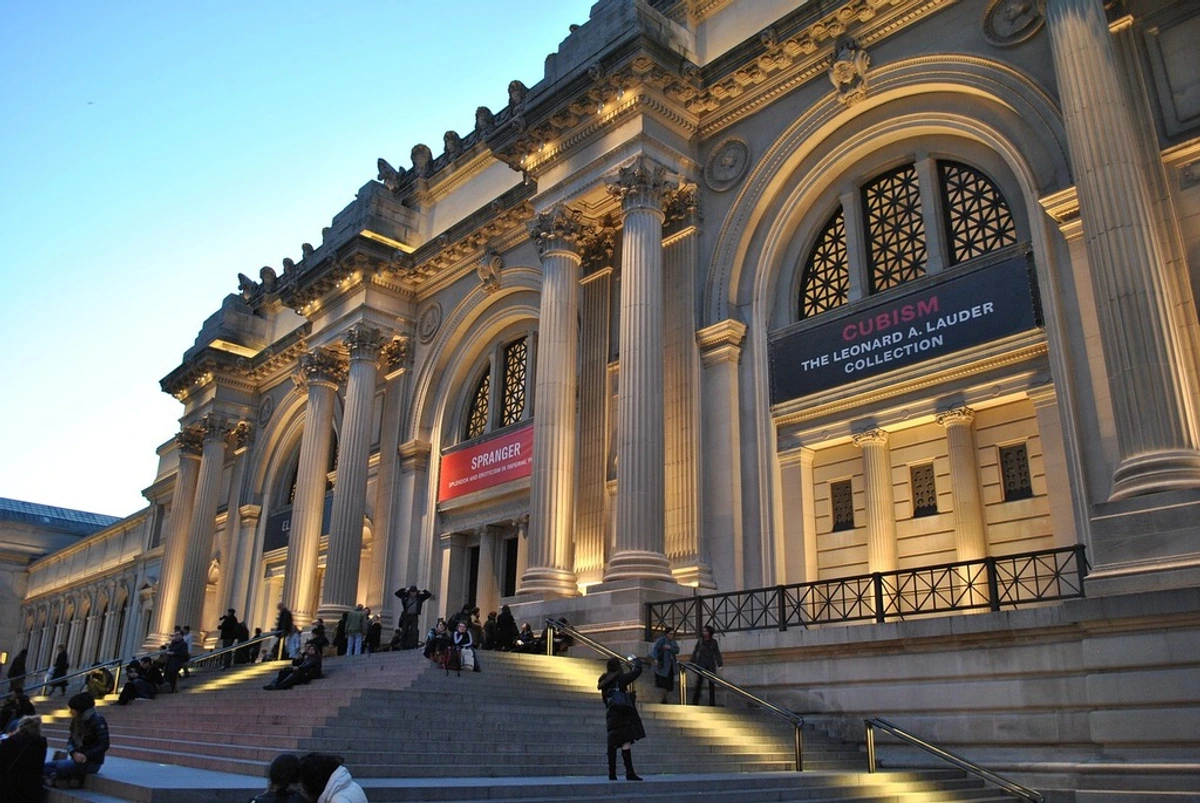
- Museum of Modern Art (MoMA) (New York City, USA): One of the most influential modern art museums globally. Its collection includes seminal works from Impressionism to contemporary art. A must for understanding modern art history. Seeing Van Gogh's Starry Night or Picasso's Les Demoiselles d'Avignon here is a pilgrimage for many. I remember seeing Starry Night for the first time and being struck by the sheer energy of the brushstrokes – it's different, more alive, in person.
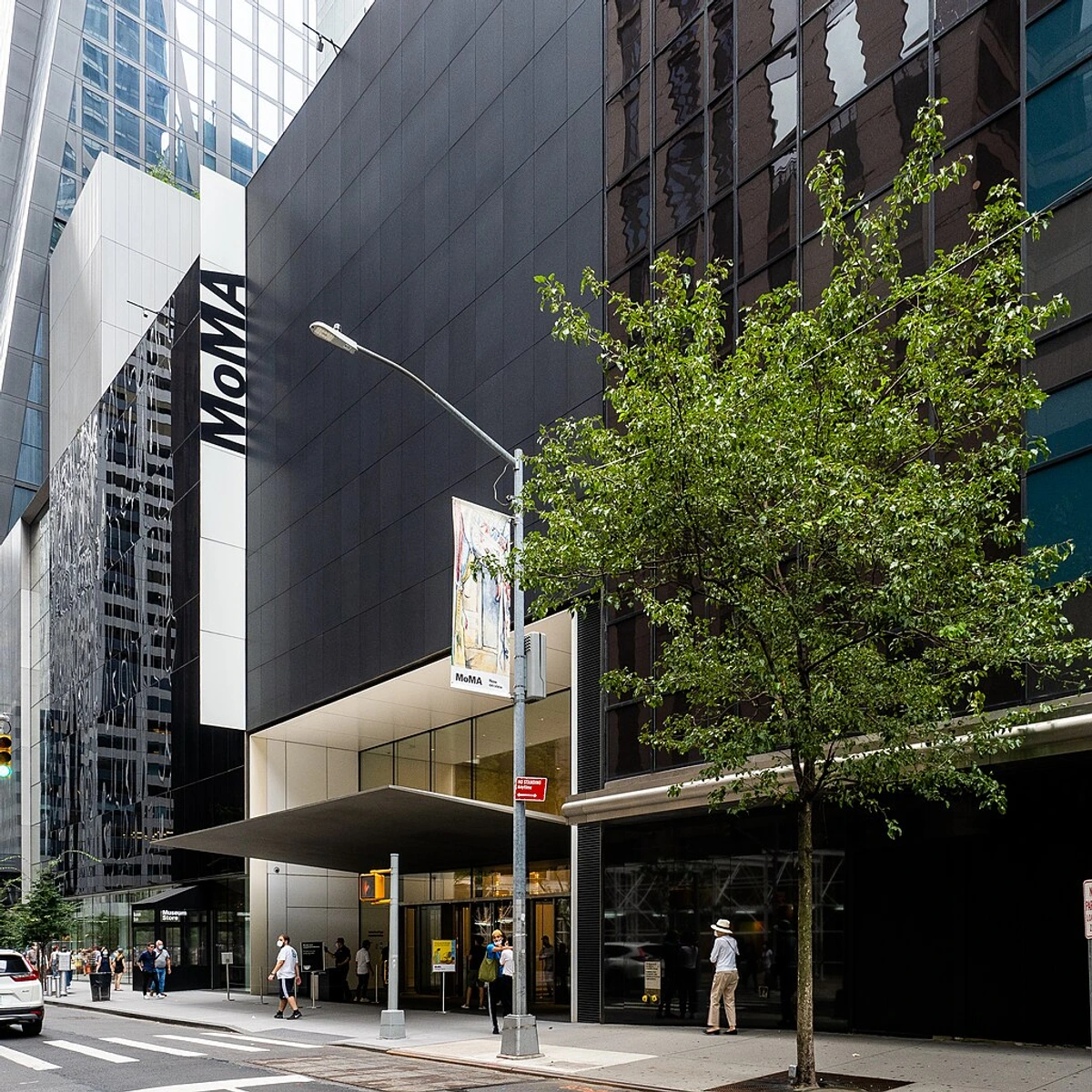
credit, licence
- Art Institute of Chicago (Chicago, USA): Famous for its Impressionist and Post-Impressionist collection (think Seurat's "A Sunday on La Grande Jatte" – the scale and detail are mesmerizing), but its holdings are broad and deep. Explore the charming Thorne Miniature Rooms or its significant collection of modern American art. It's a beautifully curated space, and you could easily lose track of time wandering its halls.
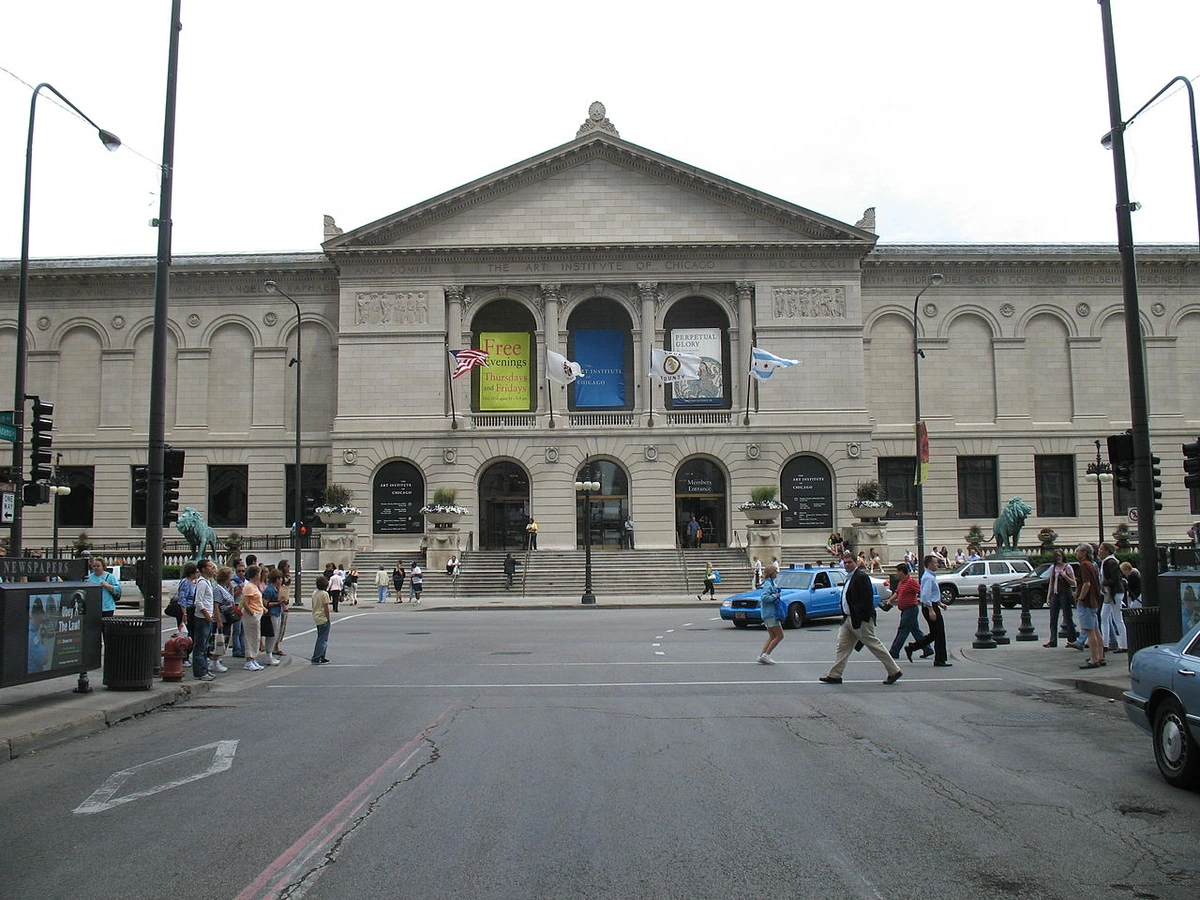
- National Gallery of Art (Washington, D.C., USA): Offers a superb collection of Western art, free to the public (like the Smithsonian museums nearby). Its East Building (modern and contemporary) is an architectural gem by I.M. Pei. A fantastic place to wander and discover without the pressure of an entrance fee. See more DC galleries here. It's a truly accessible treasure trove, and the architecture of the East Building is a work of art in itself.
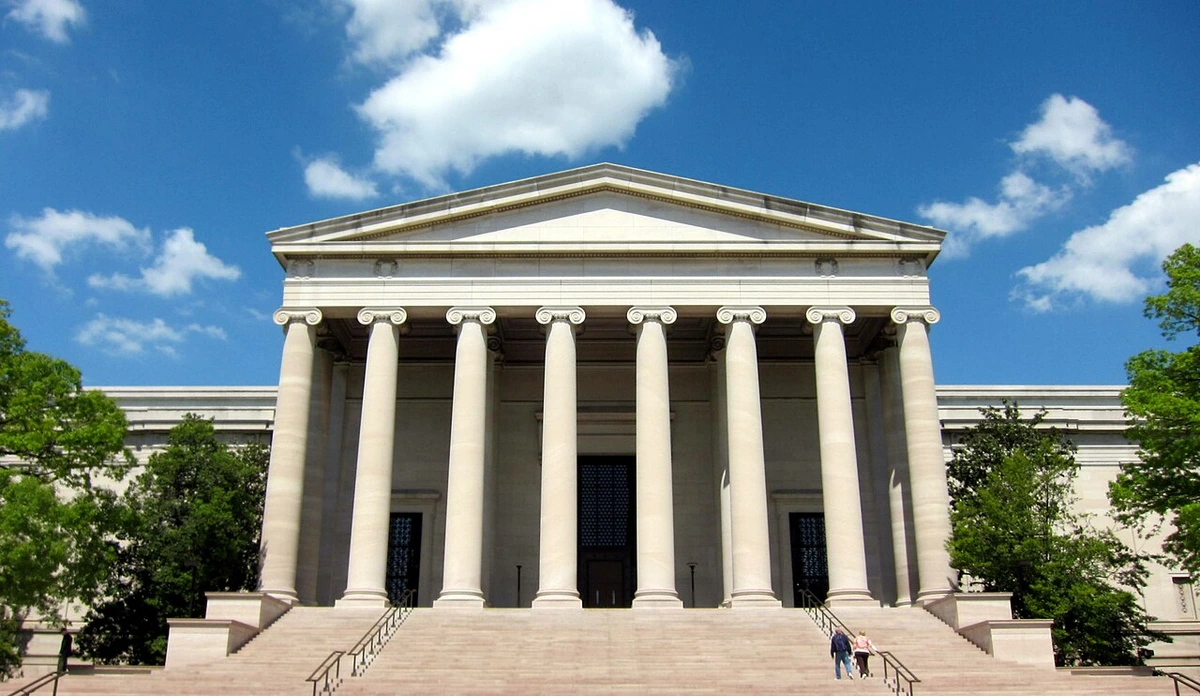
credit, licence
- The Getty Center (Los Angeles, USA): Known for its Richard Meier architecture, gardens, stunning views, and significant collection of European paintings, drawings, sculpture, and decorative arts, as well as photography. It feels like a serene, art-filled oasis above the city. Find more LA galleries here. The combination of art, architecture, and landscape is unique – you might spend as much time admiring the views as the art.
- Museo Nacional de Antropología (Mexico City, Mexico): While primarily focused on anthropology and pre-Hispanic history, this iconic museum houses extraordinary artistic artifacts, including the massive Aztec Sun Stone. Its scale and the quality of its exhibits make it a must-visit for understanding Mexico's rich cultural heritage, where art and history intertwine. It's a powerful reminder that art is deeply connected to culture and history, and the sheer presence of the Sun Stone is awe-inspiring.

Canada also boasts significant institutions like the National Gallery of Canada in Ottawa and the Art Gallery of Ontario in Toronto. Check out more galleries in the US here and find some of the best US art cities here. North America offers a dynamic mix of historical depth and contemporary energy.
Beyond Europe and North America: A Truly Global Scene
The art world is emphatically global! Focusing only on Western institutions misses a huge part of the picture. Vibrant and essential galleries exist worldwide, showcasing rich local traditions and dynamic contemporary scenes. Exploring these offers incredible insights into different perspectives and histories. These regions offer unparalleled access to ancient civilizations, diverse cultural traditions, and rapidly evolving contemporary art movements. Exploring these feels like unlocking new visual languages, seeing how creativity manifests across vastly different histories and perspectives.
Asia
- National Museum of China (Beijing, China): Situated on Tiananmen Square, this vast museum covers millennia of Chinese history and art, offering an unparalleled journey through the nation's cultural narrative. It's a deep dive into one of the world's oldest continuous civilizations, with incredible collections of calligraphy, ink painting, ceramics, and bronzes. Seeing the sheer craftsmanship in ancient Chinese bronzes or the delicate beauty of classical ink paintings here is a profound experience.

credit, licence
- Tokyo National Museum (Tokyo, Japan): The oldest and largest museum in Japan, housing a comprehensive collection of Japanese art and antiquities, alongside other Asian treasures. Essential for understanding Japanese aesthetics and history, from ancient pottery and samurai swords to exquisite ukiyo-e prints. Find more Tokyo galleries here. It's a serene escape in a bustling city. The delicate lines of a Hokusai print or the quiet power of a samurai sword feel deeply rooted in a unique cultural sensibility.

credit, licence
- Museum of Islamic Art (MIA) (Doha, Qatar): An architectural masterpiece by I.M. Pei, MIA houses an exceptional collection spanning 1,400 years of Islamic art from across three continents. Its curation and display are world-class, featuring intricate textiles, ceramics, metalwork, and manuscripts. The building itself is a work of art, reflecting the beauty of the collection within. The geometric patterns and calligraphy in Islamic art are endlessly fascinating, a visual language of incredible precision and beauty.
- Cities like Hong Kong (M+), Seoul (MMCA), and Singapore (National Gallery Singapore) also have dynamic art scenes and significant museums/galleries showcasing both traditional and contemporary Asian art, alongside international works. Explore Asia's best art cities here. Don't overlook places like the National Museum of Korea in Seoul or the National Gallery of Modern Art in Delhi, India, which offer incredible insights into regional art histories. The diversity across Asia is immense and rewarding to explore.
Middle East
- Beyond Qatar, the Louvre Abu Dhabi in the UAE stands out as a significant institution, a stunning architectural marvel designed by Jean Nouvel, housing a universal collection that bridges Eastern and Western art and civilizations. It's a powerful symbol of cultural exchange, featuring works from prehistory to the present, presented in a unique 'museum city' under a vast dome. Seeing ancient artifacts displayed alongside modern masterpieces under that incredible, dappled light is a truly unique curatorial statement.
South America
- São Paulo Museum of Art (MASP) (São Paulo, Brazil): Famous for its unique architectural design by Lina Bo Bardi, featuring paintings displayed on glass easels ("cavaletes"). Holds a significant collection of European art, arguably the most important in the Southern Hemisphere, alongside Brazilian and other non-European works. It's a truly innovative way to display art, making the paintings feel like they're floating. The floating building is unforgettable. Look for works by prominent Latin American modernists like Tarsila do Amaral or Cândido Portinari, whose vibrant colors and forms capture a distinct regional energy. Buenos Aires (MALBA - Museo de Arte Latinoamericano de Buenos Aires), Rio de Janeiro (Museu de Arte Moderna), and Bogotá (Museo Botero) have important institutions championing Latin American and international art. Look into places like the Museo de Arte de Lima (MALI) in Peru for pre-Columbian to contemporary art, or the Museo Nacional de Bellas Artes in Buenos Aires. Latin America's art scene is incredibly vibrant and diverse, with strong traditions in Surrealism, Muralism, and contemporary social commentary.
Africa
- Zeitz Museum of Contemporary Art Africa (MOCAA) (Cape Town, South Africa): Housed in a stunningly repurposed grain silo complex at the V&A Waterfront, MOCAA is the largest museum dedicated to contemporary art from Africa and its diaspora. A vital and relatively new player on the global stage, showcasing powerful and often underrepresented voices like William Kentridge or Zanele Muholi. It's a must-visit for understanding the contemporary African art scene – the building itself is a sculptural masterpiece. The energy and perspective in contemporary African art are incredibly compelling, challenging traditional narratives and pushing boundaries.
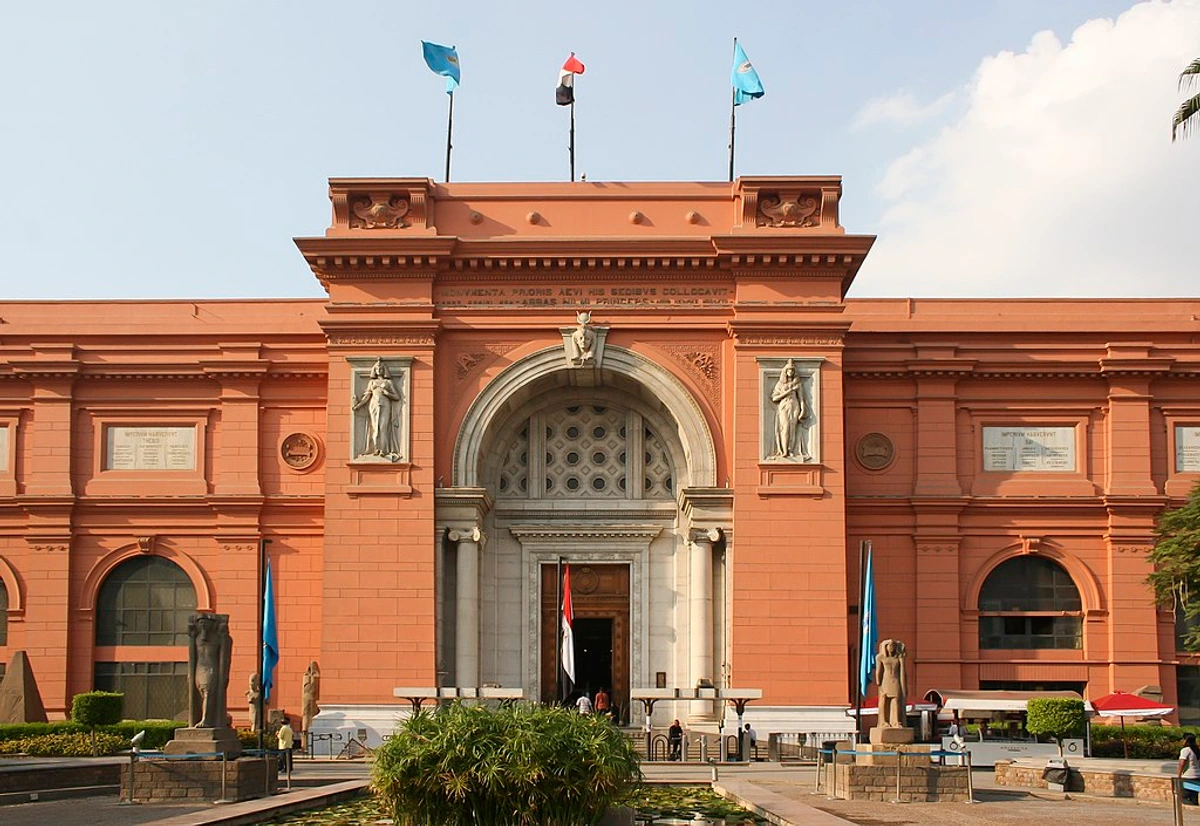
credit, licence
- Don't forget institutions like the Egyptian Museum in Cairo, holding unparalleled collections of ancient Egyptian art and artifacts. Or consider the Musée des Civilisations Noires in Dakar, Senegal, focusing on African civilizations and contemporary creation. The depth of history and the dynamism of contemporary art across the continent are immense, encompassing ancient artifacts, traditional crafts, and cutting-edge contemporary expression.
Oceania
- National Gallery of Victoria (NGV) (Melbourne, Australia): Australia's oldest and most visited art museum, with two sites housing broad collections of international and Australian art, from historical to contemporary, including significant Indigenous Australian art. Their collection of Indigenous Australian art is particularly strong, offering vital insights into the world's oldest continuous artistic traditions.
- Art Gallery of New South Wales (Sydney, Australia): Features significant collections of Australian, Aboriginal, European, and Asian art, recently expanded with the impressive Sydney Modern Project. These institutions are key for exploring the unique artistic heritage of Australia and the Pacific, alongside international movements.
This expanded global view is crucial – the art world is constantly shifting, and exciting developments are happening everywhere! These institutions are not just repositories of the past but active participants in shaping the future of art. But the art world isn't confined to these hallowed halls...
The Wider Art Ecosystem: Fairs, Auctions & Biennales
Beyond the walls of permanent institutions, the art world pulses with energy through major events and influential market players. Understanding this broader ecosystem adds another dimension to navigating the scene, whether you're a seasoned collector or just curious. These are often the places where the art you might eventually see in a museum starts its journey or gains historical significance. I remember my first time at a major art fair – the sheer volume of art, the buzz of conversations, the feeling of being dropped into the deep end of the commercial art world. It's overwhelming, exhilarating, and a crash course in what's currently making waves.
- International Art Fairs: Think Art Basel (in Basel, Miami Beach, Hong Kong, Paris), Frieze (London, New York, LA, Seoul), TEFAF Maastricht, or The Armory Show (New York). These are massive, often glamorous events where commercial galleries from around the world converge to showcase and sell works by their artists. They are intense, overwhelming (sometimes feeling like a visual assault!), but incredible places to see a huge amount of contemporary (and sometimes historical) art in one go, feel the market buzz, and discover new talent. For visitors, they offer a snapshot of current trends and the commercial side of the art world. The sheer volume can be dizzying, but the energy is undeniable. Check out our tips for visiting art fairs.

credit, licence
- Biennales (and Triennales, etc.): The Venice Biennale is the most famous, a sprawling international contemporary art exhibition held every two years, featuring national pavilions and a curated central exhibition. Others like Documenta (Kassel, Germany, every five years) or the Whitney Biennial (New York) are major platforms for contemporary art discourse and often present more critical or experimental work than commercial fairs. They are crucial for seeing cutting-edge, often challenging, work and understanding current artistic conversations. Biennales often feel more conceptual and less overtly commercial than fairs.
- Auction Houses: Giants like Sotheby's and Christie's operate at the high end of the secondary art market (where art is resold, rather than bought directly from the artist/gallery). While primarily places for buying and selling multi-million dollar works, their public previews offer chances to see museum-quality pieces, and their sales results heavily influence market perceptions and art prices. For the curious, previews are a free way to see incredible art up close before it disappears into private collections. You can learn more about navigating this market here.
These events and entities are integral parts of how art circulates, gains value, and enters into public and private collections, eventually influencing what we see in museums too. It's also worth noting the increasing presence of digital art and NFTs within this ecosystem. While still evolving, some galleries and institutions are beginning to exhibit and acquire digital works, reflecting art's ever-changing forms. Beyond OVRs used by galleries, platforms like Artsper, Saatchi Art, or even artists' own websites (like my own) also connect artists and buyers directly, adding another layer to the digital art market ecosystem. Online Viewing Rooms (OVRs), especially since 2020, are digital platforms or sections on gallery/fair websites that allow potential buyers to browse available artworks remotely, often with detailed information and pricing. And let's not forget the quiet influence of art consultants and advisors, guiding collectors and institutions alike, another layer in this complex web.
Challenges Facing Galleries and Museums Today
It's not all grand halls and masterpieces. The art world, like any other, faces significant challenges in the 21st century. Understanding these adds another layer to appreciating the work these institutions do: And as an artist, these challenges aren't just abstract concepts; they directly impact where and how art is shown, who gets to see it, and the very conversations surrounding our work.
- Funding: Many institutions rely heavily on government funding, private donations, and ticket sales, all of which can be precarious. Balancing budgets while maintaining collections, staging ambitious exhibitions, and providing public access is a constant struggle. This can mean fewer opportunities for artists, smaller acquisition budgets, or less support for experimental programming. It's also worth noting the crucial role of contemporary patrons and collectors, whose support through donations and acquisitions can significantly shape an institution's ability to thrive and grow its collection.
- Decolonization and Repatriation: There's increasing pressure and important dialogue around the provenance of collections, particularly artifacts acquired during colonial eras. Museums are grappling with ethical questions about ownership and the repatriation of items to their countries of origin. This is a complex, ongoing process that challenges traditional museum practices and requires significant institutional effort and dialogue.
- Engaging Younger and More Diverse Audiences: How do institutions remain relevant in a rapidly changing world? They are actively working to attract younger visitors, reflect diverse voices and narratives in their programming and staffing, and break down perceived barriers to entry (like that feeling of not understanding the jargon!). When institutions succeed at this, it creates vibrant spaces where artists feel seen and heard, and where new audiences can connect with art in meaningful ways.
- Balancing Popularity and Mission: Institutions often face the challenge of balancing the need for popular, crowd-drawing exhibitions (like blockbusters) that generate revenue and buzz, with their core scholarly mission of research, conservation, and supporting less-known artists or more challenging, experimental work. It's a tightrope walk between accessibility and academic rigor.
- The Digital Shift: While digital presence is vital, finding the right balance between online accessibility and encouraging physical visits, and navigating the complexities of digital art forms like NFTs, presents new challenges.
- Sustainability: Like all large institutions, museums and galleries are increasingly considering their environmental impact and working towards more sustainable practices in everything from building operations to exhibition design.
- Impact of Global Events: Recent years have highlighted the vulnerability of institutions to global events like pandemics, political instability, and economic downturns, impacting everything from visitor numbers and funding to international exhibitions and the movement of artworks.
These challenges highlight that museums and galleries are not static entities, but dynamic institutions actively navigating complex social, economic, and ethical landscapes. And artists are often right there in the middle of it, responding to these shifts in their work. Yet, even with these challenges, the quest for art continues...
Looking Beyond the Icons: Finding Your Own "Best"
So, you've seen the big names, maybe even braved the crowds. But where else can you find art? While the titans are essential, some of the most rewarding experiences come from discovering smaller, more specialized, or local art galleries. These spaces often offer a more intimate viewing experience and a chance to connect with art on a different scale. They are the hidden gems that make the art world so rich. Have you ever stumbled into a small gallery and felt an immediate connection to an artist's work? That's the magic I'm talking about – unearthing treasures that speak directly to you.
University Museums
Often have excellent, focused collections and insightful exhibitions, frequently born from academic research. Think of the Harvard Art Museums (Cambridge, USA) or the Ashmolean Museum (Oxford, UK) – world-class collections within an academic setting. They can be hidden gems, offering a quieter, more focused experience.
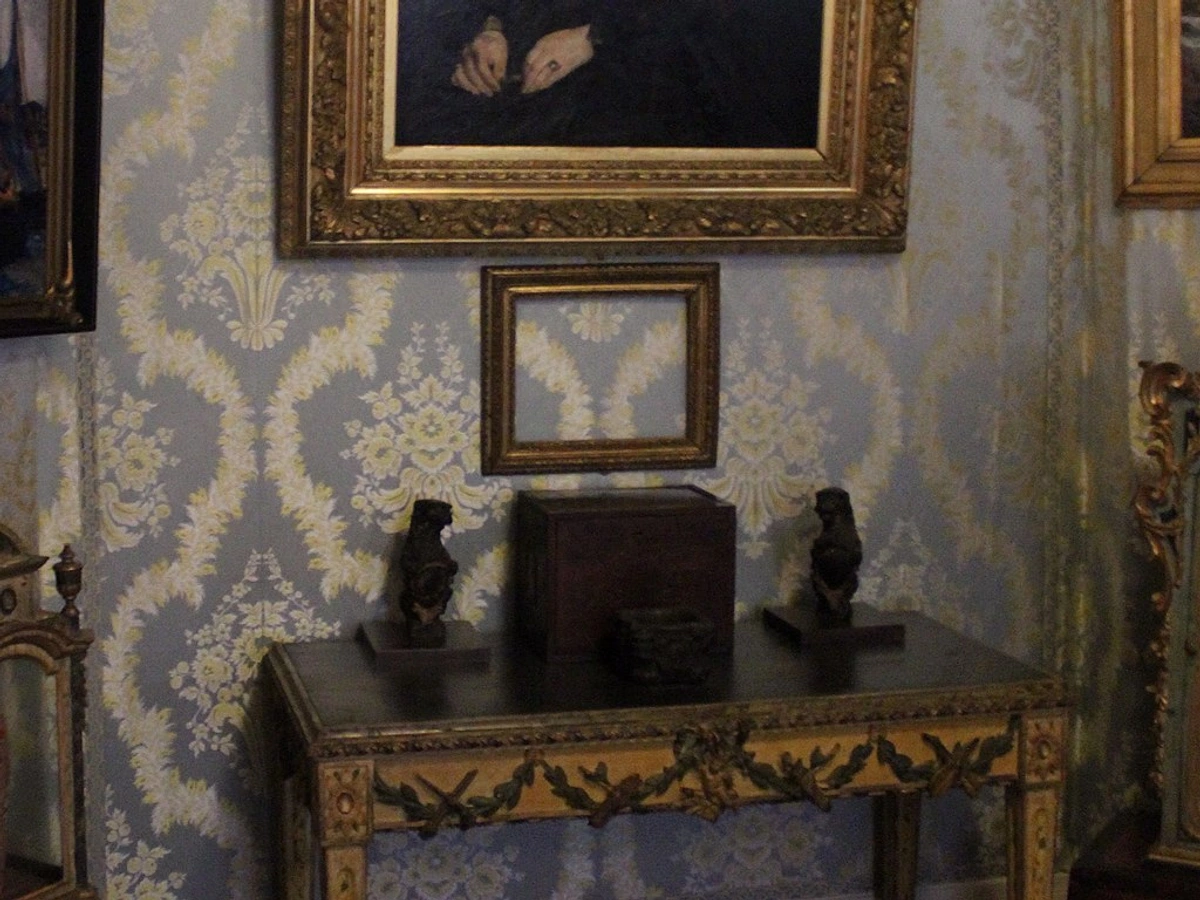
credit, licence
Specialized Galleries
Focus on specific mediums (like photography at The Photographers' Gallery in London or Foam in Amsterdam; design at the Design Museum in London or Cooper Hewitt in NYC; or even emerging fields like digital art), specific movements, or individual artists. These offer deep dives into particular niches. If you have a specific interest, seeking out these places can be incredibly rewarding.
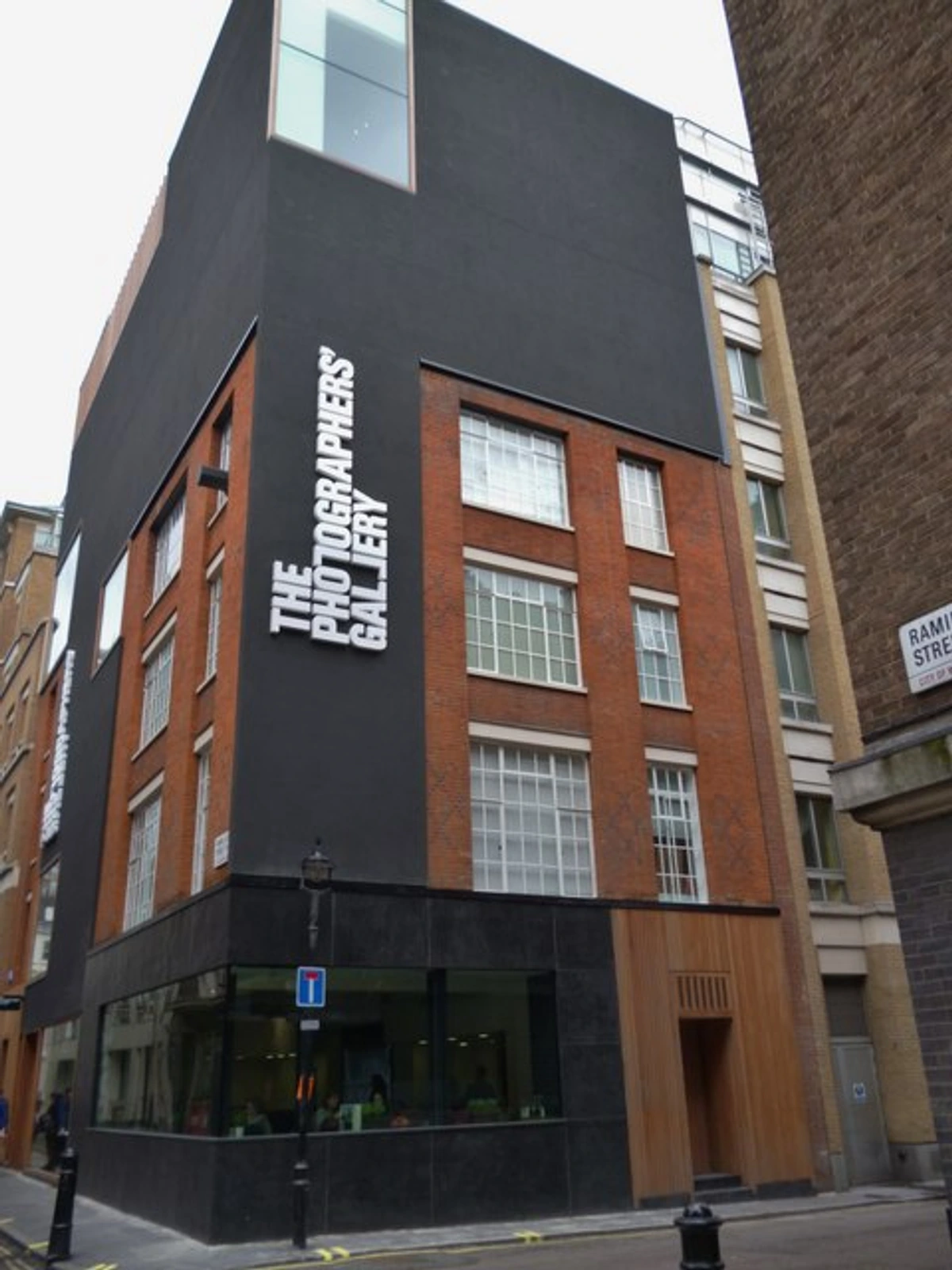
credit, licence
Commercial Galleries
These are crucial for discovering living artists and understanding the current art market. They operate at different levels, representing artists in the primary market (where art is sold for the first time, directly from the artist or their representing gallery) and influencing the secondary market (resale through auctions or dealers). A gallery's program – the roster of artists it represents and the types of exhibitions it mounts – is key to its identity and the type of exhibitions it presents.
- Blue-Chip Galleries: Representing established, high-value artists (think global players like Gagosian, Hauser & Wirth, David Zwirner, Pace Gallery, White Cube). Exhibitions here are often museum-quality, and the spaces themselves can be stunning.
- Mid-Career Galleries: Focusing on artists with established track records but perhaps not yet household names globally.
- Emerging Artist Galleries: Championing new talent, often the most exciting places to spot the stars of tomorrow. We have a guide on galleries for emerging artists here. The buzz in an emerging artist gallery opening can be electric!
Visiting gallery districts like Chelsea in NYC, Mayfair in London, Le Marais in Paris, Museum Island environs or Potsdamer Straße area during Gallery Weekend Berlin, the 798 Art District in Beijing, the Ginza gallery area in Tokyo, or the Wynwood Walls/District in Miami (known for street art and galleries) can be an art tour in itself. It’s usually free to enter, and while the primary aim is selling, looking is encouraged! This is where you might find exciting new works for sale.
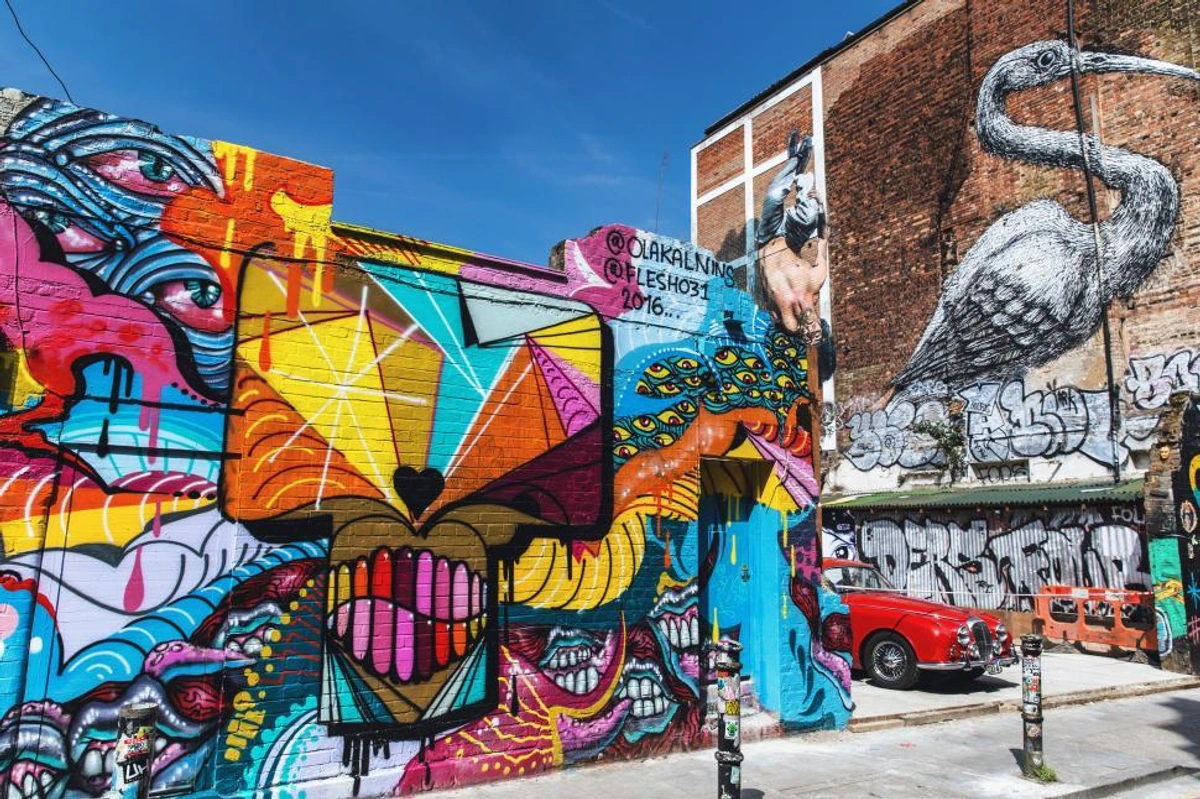
Artist-Run Spaces and Open Studios
These are often non-commercial, experimental spaces directly managed by artists or collectives. They are vital for showcasing cutting-edge, unconventional, or politically engaged work that might not fit into traditional gallery or museum structures. Visiting these offers a raw, unfiltered look at the contemporary art scene. They can be challenging, surprising, and incredibly inspiring. These spaces are often where artists develop new ideas, sometimes through artist residencies or with the support of grants, before their work might be shown in more established venues. Open studio events, where artists open their private workspaces to the public, offer a unique chance to see art in progress, understand the artist's environment, and connect directly with the creator. It's a different kind of intimacy than a gallery or museum.
Sculpture Parks and Outdoor Installations
Art isn't always indoors! Exploring sculpture parks (like Storm King Art Center in New York or the Louisiana Museum of Modern Art's sculpture garden in Denmark) or public art installations offers a different way to experience art, often integrated with nature or urban landscapes. This is also where you might encounter site-specific installations or land art, works created specifically for a particular location, which lose their meaning if removed from that context. Experiencing art outdoors, integrated with the environment, feels fundamentally different – less formal, more expansive.
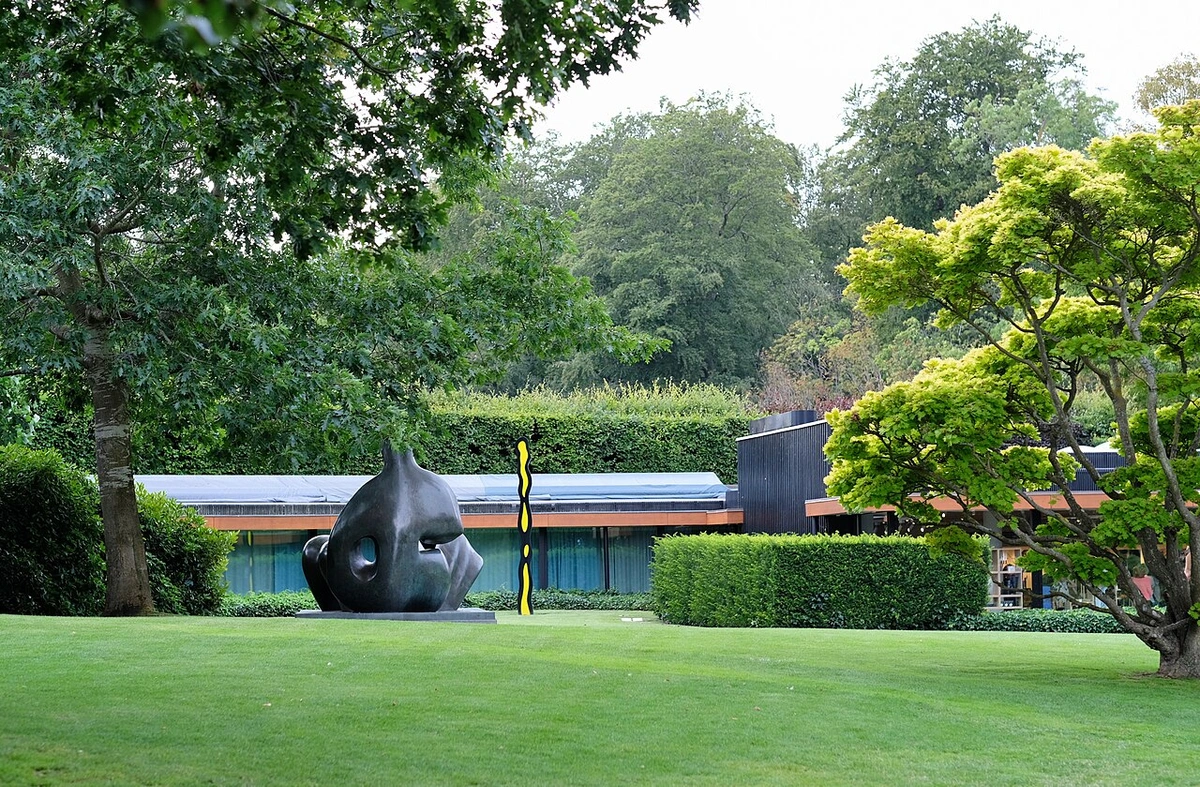
credit, licence
Local Scenes
Don't underestimate the galleries in your own city or region! Supporting local artists and institutions is vital. Sometimes the most exciting discoveries are close to home – perhaps even near 's-Hertogenbosch where my own small museum resides (/den-bosch-museum). Finding underrated artists can be incredibly rewarding. Look out for local gallery weekends or open studio events – they are fantastic ways to connect directly with artists and their work. The quiet focus of a small local gallery can be a welcome change from the museum hustle.

Making the Most of Your Gallery or Museum Visit: Practical Tips
Okay, you've picked a gallery or museum. Now what? How do you make the visit enjoyable and not just a box-ticking exercise? It's less about seeing everything and more about experiencing something. Museum fatigue is real, trust me – there have been times I've walked out feeling like my brain has turned to artistic mush, unable to recall a single thing I saw. Here are a few things I've learned over the years. Ready to make your next art outing count?
Before You Go:
- Do Your Homework (Loosely): Check opening times, current special exhibitions, and admission prices. Typical prices can range from free (especially national museums in the UK and DC) to $25-$35 or more for major private museums or special exhibitions. Look into City Museum Passes (like the Paris Museum Pass, New York Pass, I Amsterdam Card) if you plan on visiting multiple venues – they can offer significant savings. Book tickets online if needed (highly recommended for popular spots or timed entry). Check for free admission days/times or student/senior/local discounts – these can make world-class art accessible on a budget. Look at the map – decide if you want to see specific highlights or just wander a particular wing. Also, check the museum's website for any temporary closures or renovations that might affect your visit – nothing worse than arriving to find your favorite section is shut! Check the museum's website before you visit for policies on bringing food or drink – some are strict, others have designated areas.
- Check Photography Policies: Policies vary widely! Some museums allow non-flash photography for personal use in permanent collection galleries but prohibit it in special exhibitions or for specific artworks. Always check signs or the museum's website before you visit. When in doubt, ask staff.
- Timing is Key: Generally, weekdays (especially Tuesday/Wednesday mornings) are less crowded than weekends. Booking the first or last entry slot of the day can also sometimes mean fewer people. Avoid peak holiday seasons if possible, unless you thrive on buzzing energy!
- Check for Guided Tours or Apps: Many institutions offer guided tours (sometimes free, sometimes paid) or have dedicated museum apps. These can provide invaluable context, highlight key works, and offer deeper insights or alternative perspectives you might miss on your own. It's like having a knowledgeable friend with you.
- Look for Family Resources: If you're visiting with children, check the museum's website for family guides, activity packs, or specific programs designed for younger visitors. Many museums are making great efforts to be welcoming and engaging for all ages.
- Consider Reciprocal Membership: If you're already a member of one museum, check if they have a reciprocal agreement with the museum you plan to visit. This can often grant you free admission!
- Check Bag and Cloakroom Policies: Most large institutions require backpacks and large bags to be checked into a cloakroom or lockers, often for a small fee. This is for security and to protect the artworks (accidentally knocking something over is my recurring nightmare). Check the website beforehand to know their policy and save time at the entrance.
While You're There:
- Don't Try to See Everything: Trust me, I learned the hard way. It's better to spend quality time with a few artworks that capture your attention than rush past hundreds. Quality over quantity. My brain just turns to mush after a while, and nothing sticks if I try to absorb too much.
- Engage with the Art: Read the labels (selectively – see our guide on how to read a painting for tips!), but also take time to just look. Step back, step closer (but not too close!). Notice the details, the brushstrokes, the materials. If allowed, consider sketching or taking notes – it's a fantastic way to slow down, observe closely, and engage more deeply with a piece. It's like having a quiet conversation with the artwork.

- Take Breaks: Find a bench, grab that coffee (even if it costs a small fortune!), rest your feet and eyes. Most large museums have cafes or restaurants. Sometimes stepping away and coming back to a piece gives you a fresh perspective. Museum fatigue is real, and a little break can recharge your appreciation.
- Look Beyond the Famous: Seek out less crowded galleries or works by artists you don't know. You might find a new favorite. The quiet corners often hold unexpected treasures, and discovering an underrated artist can be incredibly exciting.
- Engage Your Senses (Respectfully): Notice the scale, the texture (from a distance!), the colors, the way the art interacts with the space. How does it make you feel? Art isn't just for the eyes; it's an emotional and intellectual experience. Pay attention to the atmosphere – the quiet hum of the space, the specific smell of old wood or cleaning products, the feel of the air conditioning. These sensory details contribute to the overall experience.
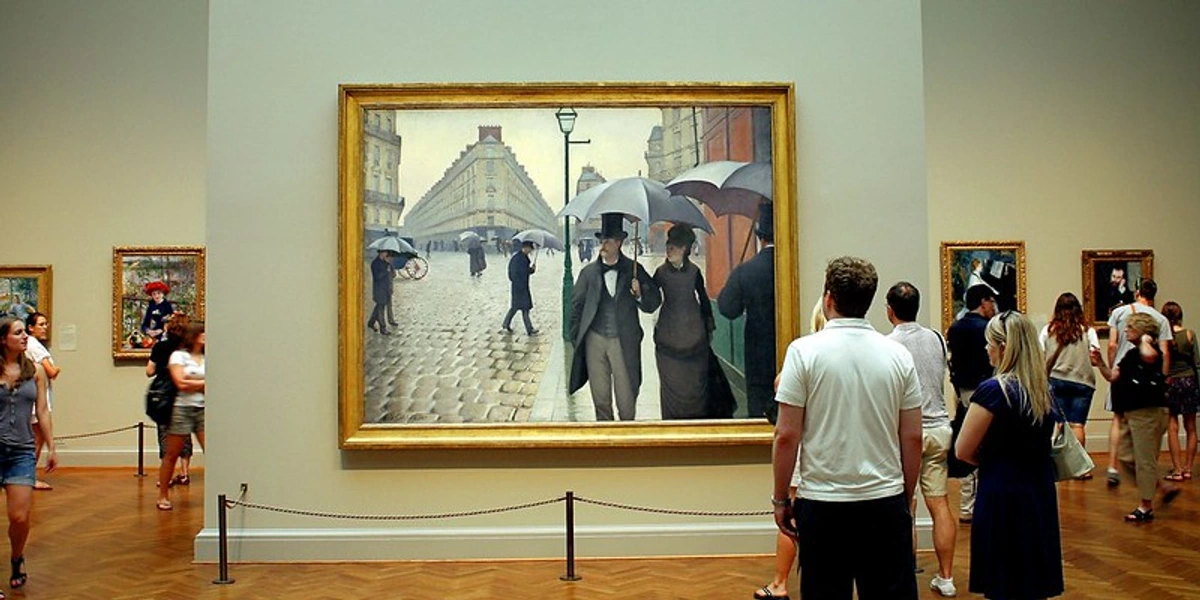
After Your Visit:
- Consider Membership: If you live near a museum you love or plan to visit often, check out membership benefits. These often include free unlimited entry, access to previews, discounts in shops/cafes, and sometimes reciprocal entry to other museums. It can be great value and is a fantastic way to support the institution's conservation, education, and exhibition efforts. It feels good to contribute to keeping these places alive.
- Visit the Museum Shop: Museum shops are often curated extensions of the museum's mission, offering books, prints, and unique items related to the collections or exhibitions. Purchasing something is a direct way to support the institution and take a piece of the experience home. Look out for exhibition catalogs – they are often fantastic resources.
- Go Back: If you live nearby, multiple short visits are often more rewarding than one marathon session. Art reveals itself slowly sometimes. Plus, it gives you an excuse to go back for that expensive coffee.
Why Bother? The Enduring Magic (and the Digital Age)
In an age where we can see almost any image online, why physically go to an art gallery or museum? For me, as an artist, it's about the visceral experience. Seeing the scale of a huge canvas, the delicate brushstrokes of a master, the three-dimensionality of a sculpture – these things don't fully translate digitally. The aura of the original object, flaws and all, is powerful. I remember standing in front of a Rothko painting once, and the sheer presence of the color fields was overwhelming in a way no screen could ever replicate. It felt like the color was vibrating, pulling me in, almost humming with a quiet energy. It's this physical encounter that often sparks something in my own creative process, making me think differently about color, texture, or composition. The smell of old wood floors, the specific quality of light filtering through a skylight, the faint echo of footsteps – these sensory details are part of the magic that digital can't replicate.
Sure, the digital realm plays an increasingly important role. Museum websites offer vast online collections, virtual tours, and educational resources. Commercial galleries utilize sophisticated Online Viewing Rooms (OVRs), especially since 2020, allowing collectors to browse and even buy art remotely. These digital platforms are fantastic tools for research, accessibility, and reaching global audiences. They complement, but for me, don't replace, the physical encounter.
There's also the shared experience – observing art alongside others, the quiet contemplation, the unexpected conversations sparked by a piece. Galleries and museums are spaces outside the everyday rush, offering moments for reflection, inspiration, and sometimes, pure awe. They connect us to history, to different cultures, and to the enduring human drive to create and communicate. They trace the timeline of artistic development. Even if you walk away feeling confused by some abstract art, the act of looking and thinking is valuable. It's about being present with the art, letting it wash over you, and seeing what unexpected thoughts or feelings arise.
Frequently Asked Questions (FAQ)
- What's the difference between an art gallery and an art museum? Generally, museums focus on collecting, preserving, and exhibiting items of historical, scientific, artistic, or cultural interest, often with permanent collections. Galleries, especially commercial ones, primarily focus on exhibiting and selling art, often featuring temporary shows of contemporary artists. However, many large public institutions are called "galleries" (e.g., National Gallery, Uffizi Gallery) but function like museums with major permanent collections. Non-profit galleries/foundations often focus on temporary exhibitions without a direct sales motive. The term "gallery" is also used for rooms within a museum.
- What is the most visited art gallery/museum in the world? The Louvre in Paris consistently tops the list in terms of annual visitors.
- How are the "best" art galleries ranked? There's no single official ranking. Lists are subjective and based on various factors like collection size/quality, visitor numbers, critical acclaim, historical importance, architectural significance, and the specific focus of the publication or critic creating the list.
- Do I need an art history degree to enjoy these places? Absolutely not! Go with an open mind and see what speaks to you. Learning more can enhance appreciation (check out our art history guide!), but enjoyment doesn't require expertise. Trust your own response.
- Can I buy art at major museums? Generally, no. Major museums exhibit art from their permanent collection or loans (you can learn more about how museums acquire art here). Commercial galleries are where you typically buy art. Museums usually have gift shops selling prints, books, and merchandise related to their collections. You can also find original art for sale through online platforms or directly from artists' websites (like mine).
- What are typical admission costs? Costs vary widely. Many national museums in the UK (London) and USA (Washington D.C.) offer free general admission. Major private museums or special 'blockbuster' exhibitions might cost $25-$35 USD or equivalent, sometimes more. Always check the institution's website for current pricing and potential discounts or free days/evenings.
- How do I find out about accessibility? The best resource is the gallery or museum's own website. Look for sections titled "Accessibility," "Plan Your Visit," or "Visitor Information." These usually detail physical access (ramps, elevators), services for hearing or visually impaired visitors, and sometimes sensory information. Contacting the visitor services department directly is also an option.
- Can I take photos inside? Policies vary. Many museums allow non-flash photography for personal use in permanent collection areas but restrict it in special exhibitions or for specific works. Always look for signs or check the museum's website beforehand. When in doubt, ask a staff member.
- Can I bring a bag or backpack? Most large museums require backpacks and large bags to be checked into a cloakroom or lockers, often for a small fee. This is for security and to protect the artworks. Check the museum's website for their specific policy before you visit.
- How can I find local galleries? You can often find local galleries by searching online for "art galleries near me" or looking for gallery listings in local arts publications or websites. Exploring specific neighborhoods known for art, checking out local art walks or open studio events, or visiting university art departments can also lead you to local gems. Our guide on local art galleries has more tips.
- How can I support galleries and museums? Supporting these institutions is vital! You can do this by becoming a member (as mentioned above), making direct donations, volunteering your time, attending events and exhibitions, buying items from their gift shops, or simply spreading the word about your positive experiences. For commercial galleries, attending openings and purchasing art directly supports the artists and the gallery.
- What is the etiquette for visiting a gallery or museum? Basic etiquette includes not touching the artwork (unless explicitly invited to for interactive pieces), maintaining a respectful distance, keeping noise levels down (especially avoiding loud phone conversations), being mindful of other visitors' viewing space, and following any specific rules posted (like no food/drink or photography restrictions). It's about creating a pleasant and respectful environment for everyone to enjoy the art.
Your Own Art Pilgrimage
So, the "best" art gallery or museum in the world? It's the one that excites you, challenges you, offers you a moment of peace and beauty, or makes you see the world differently. It might be one of the giants we've mentioned, a buzzing contemporary commercial space, a focused university collection, an experimental artist-run space, or it could be a small, independent space just around the corner. Like my own small museum in 's-Hertogenbosch (/den-bosch-museum), these places, big or small, contribute to the rich tapestry of the art world. They are vital threads in the fabric of human creativity. And hey, while I'm no Louvre, my own little corner of the art world is pretty special too, if I do say so myself. It's where my own artistic journey unfolds, fueled by the inspiration I find in all these diverse spaces.
Use this guide as a springboard. Explore the links, check out an art fair calendar, maybe plan a trip focused around gallery hopping in one of the great art cities, or simply visit your local gallery. Look for local gallery weekends or open studio events to discover art and artists nearby. Start your own journey through the incredible, diverse, and ever-evolving world of art galleries and museums. Happy exploring!




